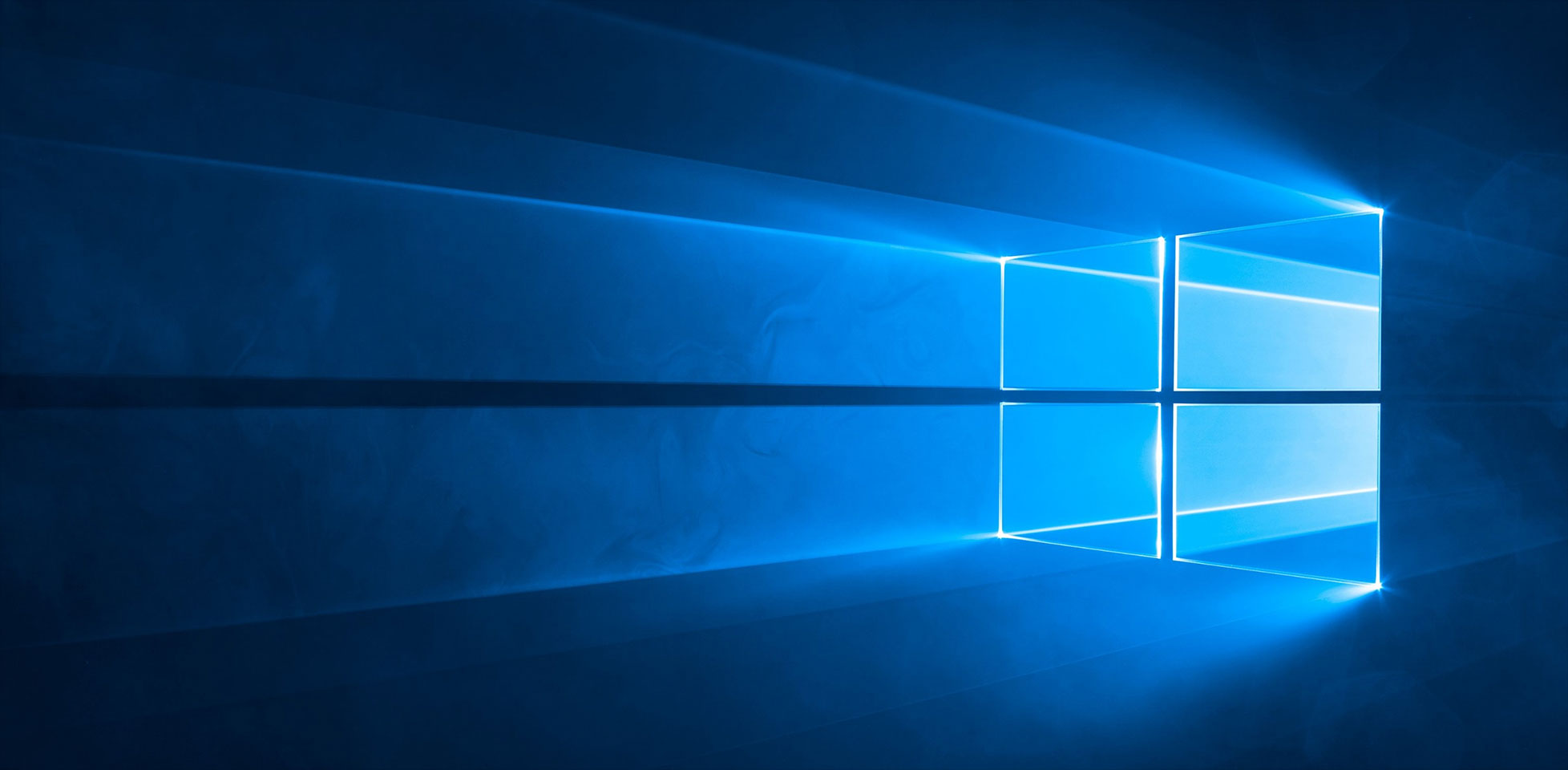4 ways Windows 10 will impact web design
original from: http://www.webdesignerdepot.com/2015/07/4-ways-windows-10-will-impact-web-design/

Windows 10 is now available and it’s the final ever version of Windows. From this point on, Microsoft will cease major version releases and adopt the frequent update model — with new releases as often as several times per day — constantly iterating as the demands on the OS change.
Borrowing heavily from rivals — MacOS’ Mission Control is directly lifted — and previous versions of Windows — there’s a welcome return for the Start menu — Windows 10 ties many different ideas into a surprisingly usable package.
As well as a refined UI, Windows 10 introduces features that will have a lasting impact on web design, and the Web in general.
Windows 10 facilitates new devices
Microsoft missed the mobile revolution. Whilst its desktop OS is the most widely used across domestic, and business sectors, Windows Mobile is commonly the third choice (in some cases fourth) after Android and iOS.
There are of course people who think that Windows Mobile offers a better experience than its rivals, but the problem for Microsoft is that there aren’t very many of them.
Windows 10 is the first fully responsive OS
Microsoft’s ill-fated acquisition of Nokia, which rapidly morphed into a tax write-off, was a distraction that left them not only failing to make headway, but actively losing ground. So they’ve taken the brave decision to leapfrog Android and iOS and ensure Windows 10 is the first fully responsive OS.
Windows 10 will run on all the hardware the company invests in, including mobile. The Verge reports that Microsoft’s new approach to mobile is to deliver a few high-end consumer devices. At least one will come this year. And it will run Windows 10.
Whilst this may mean we see more Windows mobiles in our analytics in future, that’s not the biggest device news; Windows 10 will also power Microsoft’s Xbox One console, bringing desktop browsing standards to our TVs. With Xbox One running a fully-fledged version of Edge, web designers will need to design for much larger HD screens, viewed at a greater distance than desktop and mobile, with new input methods.
Windows 10 may be designed to help Windows Mobile, but it’s the broadening of devices beyond mobile that will have the lasting impact.
Cortana will revolutionize search
Integrated closely with Window’s revived start menu is Microsoft’s personal assistant software, Cortana.
Cortana currently only works in some territories: the U.S., the U.K., China, France, Germany, Spain, and Italy. New countries will be added soon: Japan, Australia, Canada (in English), and India (in English). Later, support will be added for Brazil, Mexico, and Canada (in French).
the arrival of natural speech patterns in search queries, will make clear, quality content even more essential
The significance of Cortana is how we interact with it. When we search the Web by typing, we tend to search in short phrases, for example “web design blog”. However, when we search by speaking, we tend to ask longer, quantified questions, for example “Cortana, where can I find a good web design blog?”
SEO and content marketing has been moving away from keywords for some time, but the arrival of natural speech patterns in search queries, will make clear, quality content even more essential over the next few years.
Windows 10 opens up the development market
Windows’ strength was always based on two key factors: budget, and the large choice of apps available (particularly business apps like Microsoft Office, and games).
The biggest weakness in Windows 10 is the lack of that app choice: Edge has almost no plugins available yet; the Windows store, an attempt to emulate Google and Apple’s success with app, music, TV, and movie downloads, is sparse. The big question is when, if at all, design software like the Affinity Suite, and Sketch 3, will become available on Windows.
The good news is that Windows 10’s rapid update approach makes it a surer bet than Windows 8. The increased security and stability means that software manufacturers may well look again at Windows versions of their offerings.
Windows 10 is likely to herald a return to the levels of choice that made it the most popular OS in the world. And more options, means greater competition, and greater innovation. That can only be a benefit, not just to Windows users, but to all web designers.
Windows 10 is constantly updating
For the first time ever, Microsoft doesn’t have a single person working on the next version of Windows, because there isn’t one. Windows 10 is an ongoing service, continually being adapted and developed.
Microsoft doesn’t have a single person working on the next version of Windows, because there isn’t one
It’s an endorsement of the approach that Adobe have pioneered in the last couple of years, and it’s an indication of the direction all software is moving in.
The value of this for web designers — beyond the bug fixes and security updates for those using Windows — is that frequent updates will be normalized. Users persevering with legacy browsers will become less common, and support for up to date front-end technologies will grow.
Expect to see Edge skyrocket in your analytics, as IE finally winds up. That means the end of polyfills, a huge boost for SVG support, and the realistic prospect of a consistent experience over multiple browsers.
Conclusion
Windows 10 delivers on the promises that Windows 8 made: it’s a modern, functional OS that works well on touch screens, and will soon embrace mobile.
It’s a running joke that alternate versions of Windows are trash: ME, Vista, 8, were all dogs; XP, 7, and now 10, are great OSs. It’s fortuitous for the future of Microsoft, and for the Web as a whole, that they decided to stick on a version that you’ll actually want to use.
